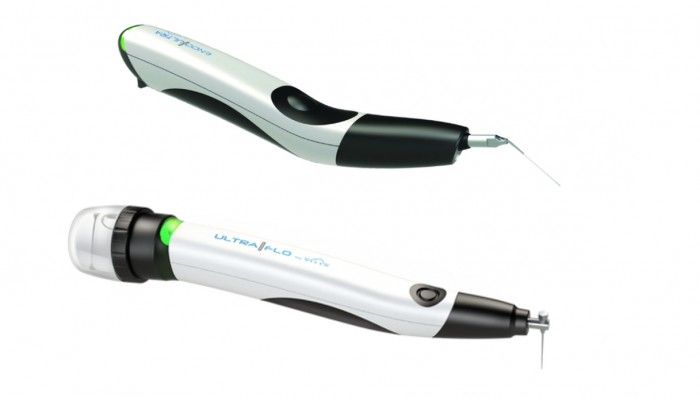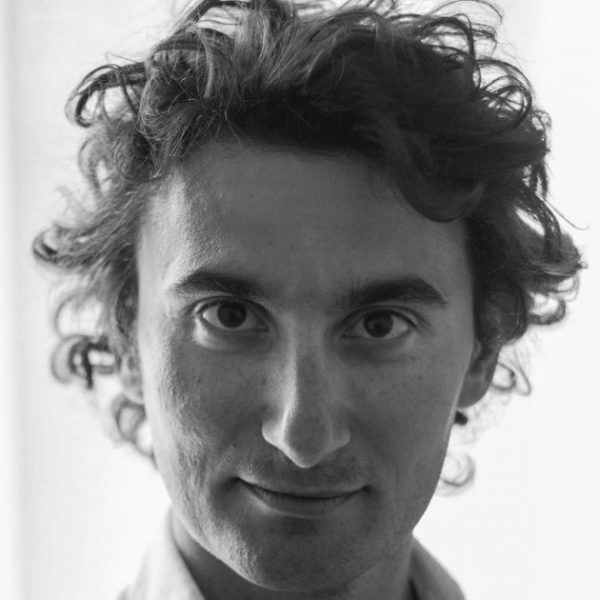
Root canal disinfection during retreatments: a cordless revolution
16/12/2016
Riccardo Tonini
Warning: Undefined variable $post in /var/www/vhosts/styleitaliano-endodontics.org/endodontics.styleitaliano.org/wp-content/plugins/oxygen/component-framework/components/classes/code-block.class.php(133) : eval()'d code on line 2
Warning: Attempt to read property "ID" on null in /var/www/vhosts/styleitaliano-endodontics.org/endodontics.styleitaliano.org/wp-content/plugins/oxygen/component-framework/components/classes/code-block.class.php(133) : eval()'d code on line 2
The ultimate goal in endodontics is the complete removal and disinfection of the root canal space. The question is if that goal is truly achievable utilizing the conventional techniques we are currently taught. And what about retreatments?
Retreatment of endodontic failures is a significant portion of endodontic specialty practice and failure might occur in case of persistence of bacteria in the root canal system as a consequence of insufficient cleaning or inadequate obturation. The main goal during a retreatment procedure is the achieving the 3d cleaning with the removal of all filling material from the endodontic space. Considering that the most widely used root filling material is still gutta-percha, in conjunction with various sealers, many authors suggested different protocols for their removal, but the most common ones remain the use of rotary files during the re-shaping of root canals associated with solvents. Unfortunately any kind of nickel-titanium (NiTi) rotary instruments could not completely remove the gutta-percha present in root canal fillings, because they touch only a part of root canal system leaving lot of space un-shaped. This means that infected material of previous treatment can lie on the walls or inside anastomosis and isthmus of root canals system and for this reasons disinfection procedures could be compromised and persistent microorganisms in these areas may develop or maintain the apical periodontitis.
PUI has been recommended as an additional step after chemomechanical preparation for supplementary disinfection. The benefits of ultrasonic activation of NaOCl are related to acoustic streaming, cavitation, and warming of the irrigating substance.
In vivo research has indicated that isthmuses and canals are more thoroughly cleaned when PUI is utilized following canal and ultrasonic activation resulted in more complete removal of the pastes and GP as compared to needle irrigation.
New cordless ultrasonic devices were recently introduced especially designed for Endodontic use. This is a great revolution because usually Endodontist uses conventional ultrasonic source with cables. Finally appears on the market The Endoultra the only ultrasonic cordless activator unit, not much bigger than a pen ,capable of generating the tip frequency (40,000Hz) required to create sufficient acoustical streaming and the cavitation. This device has been tested in vivo also during reatretments and has been observed an high level of GP and sealers removals (video 1). It represents a great effectiveness and great step toward simplification of endodontic procedures.
But a further step is almost ready and we tested preview. A new cordless device, compact, battery operated that simultaneously irrigates and activates, providing a constant, consistent flow of endodontic solutions (Video 2).Now we can consider this tecnique as C-CUI (Cordless Continuos Ultrasonic Irrigation)!.UltraFlo is the name of C- CUI device and it features quick-connect of 20mL reservoirs that are easily filled with the irrigants of one’s choice. Ensuring activation and irrigations at the same time means that during retreatment all remnants of previous obturation are removed from the root canal thanks to the continuous flux of liquid. Must be considered also that a constant refresh and exchange of liquids grant a better cleanness of root canal from the smear layer.

Fig. 1
A preliminary research has been conducted using Micro–computed tomographic (micro-CT) imaging that is a nondestructive research tool that enables the 3-dimensional identification of the root canal system. Those two teeth were treated with a conventional tecnique,obturated with sealer and warm guttaperca and retreated giving the same shape that has been reached during first treatment.

Fig. 2
Many remnants can be observed in the second 3d reconstraction,but after only 20 second of PUI activation many debris of GP and sealer were removed from the walls and many remnants remained in a liquid suspension in the apical part.( Fig 2). The blue color represents the difference between treated and non treted tooth with PUI.
Conclusions
The success of endodontic retreatment depends first of all from the complete removal
of the obturation material and from a deep disinfection of root canal system. C- PUI and C-CUI irrigation methods, if used as a final irrigation technique, decreased the amount of residual filling materials during endodontic retreatment procedures.
Bibliography
Efficacy of ProTaper Universal Retreatment Files in Removing Filling Materials during Root Canal Retreatment
Valentina Giuliani, DMD, Roberto Cocchetti, MD, and Gabriella Pagavino, MD, DMD
Kenee DM, Allemang JD, Johnson JD, et al. A quantitative assessment of efficacy of
various calcium hydroxide removal techniques. J Endod 2006;32:5635.
Van der Sluis LW, Wu MK, Wesselink PR. The evaluation of removal of calcium hydroxide paste from an artificial standardized groove in the apical root canal using
different irrigation methodologies. Int Endod J 2007;40:527.
Salgado RJ, Moura-Netto C, Yamazaki AK, et al. Comparison of different irrigants on calcium hydroxide medication removal: microscopic cleanliness evaluation. Oral
Surg Oral Med Oral Pathol Oral Radiol Endod 2009;107:5804.
Gu L, Kim JR, Ling J, et al. Review of contemporary irrigant agitation techniques and
devices. J Endod 2009;35:791804.
Smear Layer Removal and Canal Cleanliness Using Different Irrigation Systems (EndoActivator, EndoVac, and Passive Ultrasonic Irrigation): Field Emission Scanning Electron Microscopic Evaluation in an In Vitro Study
Manuele Mancini, DDS,* Loredana Cerroni, DDS, Lorenzo Iorio, DDS,* Emiliano Armellin, DDS, Gabriele Conte, DDS,* and Luigi Cianconi, MD, DDS*

